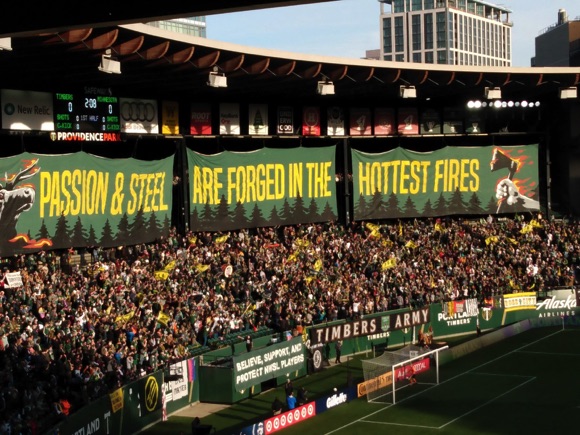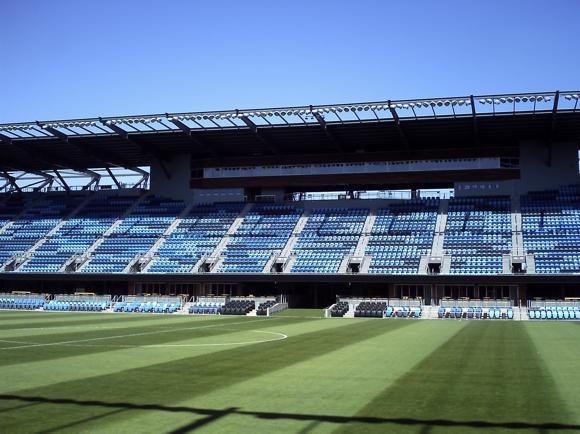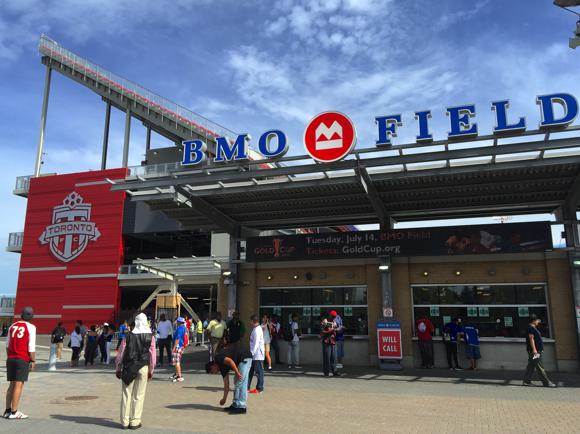A complete guide to the game across two countries
With North America soon to host another World Cup in 2026, Major League Soccer can look back on its first quarter-century or so with considerable satisfaction. Created as part of the deal that brought the 1994 World Cup to America, MLS started up with 10 teams and will comprise 29 by the time the 2023 season comes around.
Soccer-specific stadiums are now the norm rather than the exception, the latest being Geodis Park in Nashville, unveiled in May 2022. Seven opened between 2018 and 2021. These are typically of 25,000 capacity, just higher than the average MLS attendance, hovering around the same as Serie A in Italy.
These figures are bolstered by large crowds for Atlanta and Seattle, while Portland usually sell out the now 25,000-seater Providence Park. On the downside, the long-running Miami saga means that the team co-owned by David Beckham will be based away in Fort Lauderdale until 2025 – and almost certainly propping up the attendance table until then.




Miami is one of 16 cities due to co-host the 2026 World Cup, but games will take place at the Hard Rock Stadium, home of the Miami Dolphins NFL team. While Kansas City was celebrating its surprise inclusion, the World Cup will not be coming to Washington, Orlando, Denver, Cincinnati – or Nashville. The Levi’s Stadium in the San Francisco Bay Area was another talking point after the 2026 venue announcement, but the home of NFL’s 49ers has at least drawn excellent crowds for the visits of Mexico, Milan and Barcelona for showcase fixtures in recent years.
For all the criticism of the MLS franchise system, the lack of promotion and relegation, and worries that it would go the way of its fated predecessor, the NASL, the league has proved to be remarkably robust. Of the 10 founder members from 1996, 4 still operate today, 4 in a different but similar guise, with short gaps between the changeovers. Chicago Fire, on board since 1998, is still very much active. Only 3 teams have dropped out since 1996, Tampa, Fort Lauderdale and L.A.. The real story is how MLS kicked on from around 2002.




Having lost considerable money in its early years, MLS benefited from U.S.A.’s performance at the 2002 World Cup – who could forget the 2-0 win over Mexico? – and soccer became not only popular but fashionable. Major U.S. players could be followed in Europe’s top leagues, American owners took over some of the biggest clubs in the UK and Italy. Back home, significant fan cultures emerged, particularly in Seattle.
From 2005-2012, 8 new teams appeared in quick succession, including Toronto CF and Montreal Impact in Canada, playing in soccer-specific stadiums. The Seattle-Portland rivalry from the NASL days was revived. The communal tradition of tailgating crossed over from other sports. An ultras scene developed, aping its European forebears, somehow at odds with the corporate, family-friendly image MLS promotes.
And, of course, there was and is, Beckham, the first signing under the Designated Player rule, allowing teams to break the strict salary cap. MLS is a single entity, it owns the teams and their players’ contracts, while those who run the teams are investor-operators, and shareholders in MLS. All teams must have youth development programs. Teams may also bring through as many players from their academies as they wish.


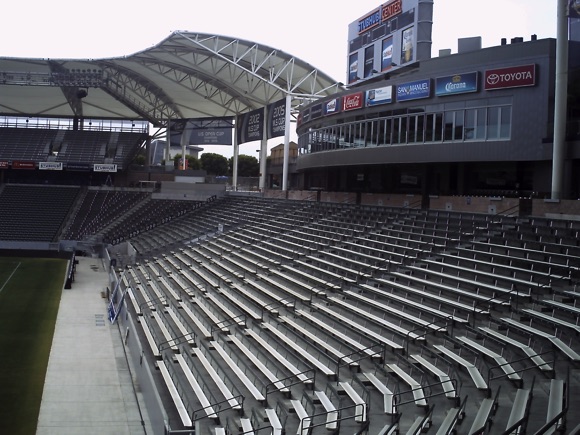
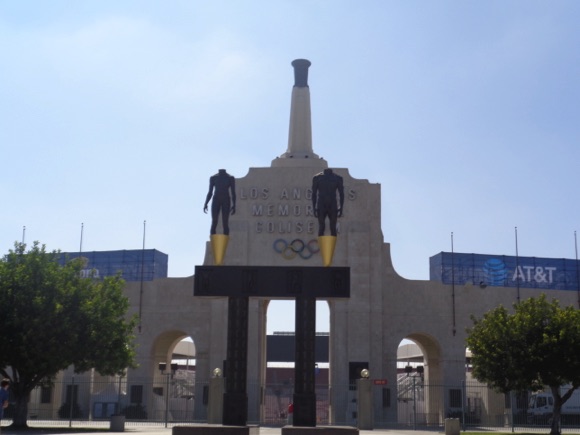
Despite the demise of the U.S. Soccer Development Academy – alma mater of current golden boy Christian Pulisic – in 2020, MLS Next for six age groups and MLS Next Pro, a de facto reserve league, are both promising recent innovations.
Los Angeles now has 2 clubs, Beckham’s old team LA Galaxy and 2018 newbies LAFC. The arrival of Gareth Bale in 2022 should add spice to the derby between them, El Tráfico. Both New York teams are part of a larger global organization, New York City FC the City Football Group, headed by England’s current champions, and New York Red Bulls, the continuation of the original New York/New Jersey MetroStars sold to the energy-drink giant in 2006.
Although the Red Bull Arena sits beside the Passaic, the fixture between them is known as the Hudson River Derby. After several locations for a soccer-specific stadium have come and gone, New York City FC sojourns at baseball’s Yankee Stadium in the Bronx.
Until this long-running saga is settled, which may be years down the line, the soccer scene in North America’s great melting pot remains as fractured as its patchwork history. It was on Clark Field in East Newark, after all, that U.S.A. played the first football international outside Britain, losing 1-0 to Canada in November 1885.

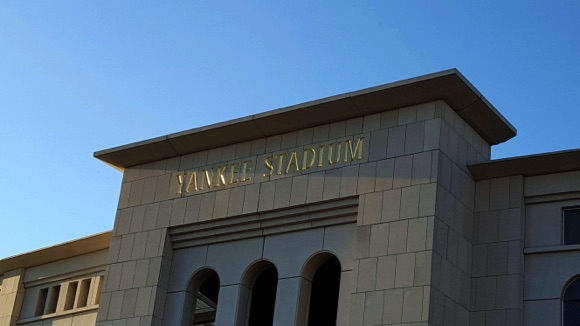

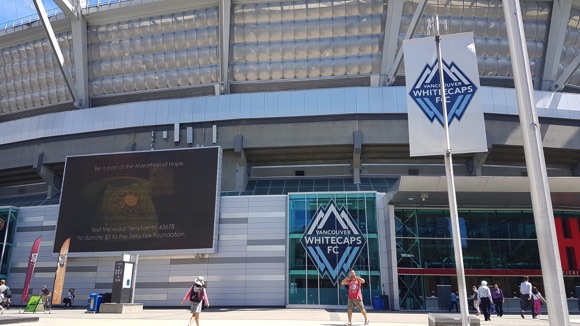
Ninety years later, New York Cosmos brought Pelé to America and within 2 years, had moved to the newly built Giants Stadium in East Rutherford, New Jersey, attracting 77,691 to a playoff game that year. This was peak NASL, and it wouldn’t last – although the behemoth in the Meadowland Sports Complex would go on to host 7 games at the 1994 World Cup. It was here that Ireland beat Italy, and Bulgaria beat Germany.
The venue was knocked down in 2010. Alongside, the MetLife Stadium welcomed the Giants and Jets NFL teams to an arena of 80,000+ capacity. Also designed for soccer – games between the U.S., Brazil, Argentina and Mexico attracted near-80,000 gates a decade or so ago – the MetLife is heavily tipped to stage the World Cup final in 2026.
With the number of teams now nearer to 30 than 20, and expansion fees increasing – Charlotte paid a record $325 million to enter in 2021 – a restructuring of the format is surely required. The one for 2022 comprises 2 divisions of 14 teams, half making the Playoffs. Eastern and Western Conference teams also face those in the other conference 8 times for an overall 34-game regular season.
transportation & tailgating
Park up and join the party

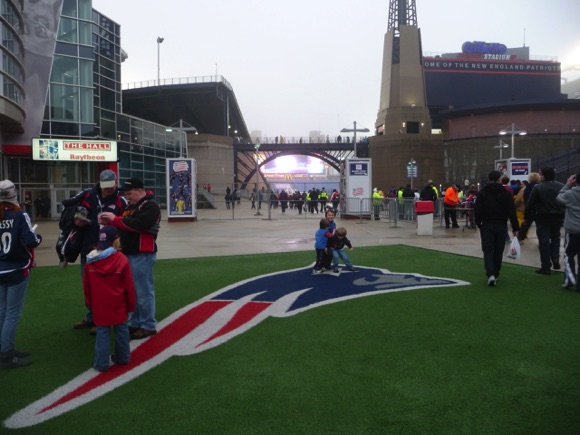
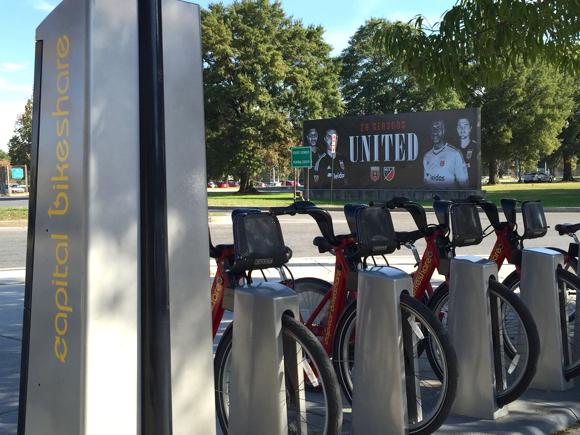
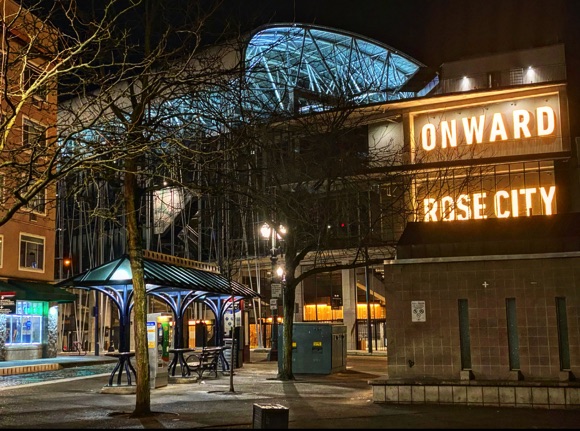
As many stadiums are part of retail and/or leisure complexes, they are geared up for fans to arrive by car. This means, in turn, that tailgating has long been a popular trend, fans in their team’s jersey setting up 4 or 5 hours before the match on a game day, firing up the grill, cracking open the cans and getting the party music cranked up. Team websites not only provide details of parking but also which lots are allocated for tailgating, and other guidelines.
Following your team on the road is slowly coming into fashion, too. Atlanta United, for example, gives handy tips on each destination to supporters – though a road trip to Portland, say, would take 40 hours if doing it without a break.
For those aiming to fly, low-cost stalwart Southwest Airlines still serves scores of cities across the States, Avelo is just breaking into the market between a more limited range of destinations, Breeze mainly serves the East Coast, including a number of MLS cities, and Spirit is seriously low-cost but adds on significant sums for carry-on bags and snacks. Its recent acquisition by jetBlue, a long-established player in the low-cost market, should see a number of attractive offers in the coming months.
Amtrak trains now serve more than 500 destinations, including Montreal.
The Soccer season
Leagues, cups and CONCACAF




The regular MLS season starts in late February and runs until October, when the Playoffs begin, culminating in the MLS Cup in early December. During the regular season, teams are divided into the Eastern and Western Conference. Each meets the other 13 teams in their division home and away but also plays most teams in the other Conference for a total of 34 games overall.
By October, the team with the highest overall points is awarded the Supporters’ Shield and granted home advantage in the Playoffs, as well as direct passage to the Conference semifinals. The highest 7 finishers in each Conference – half the division – enter this final stage, decided on one game, with extra-time and penalties if need be. Staying within their Conference, 2nd place hosts 7th, 3rd hosts 6th and 4th hosts 5th, the winners of that particular game traveling to play the divisional table-toppers in the regular season.
The Conference semifinals in late November decide who plays the Conference finals for each division, the winners going on to face each other in the MLS Cup in December. The climax to each season is staged at a neutral stadium over one game.

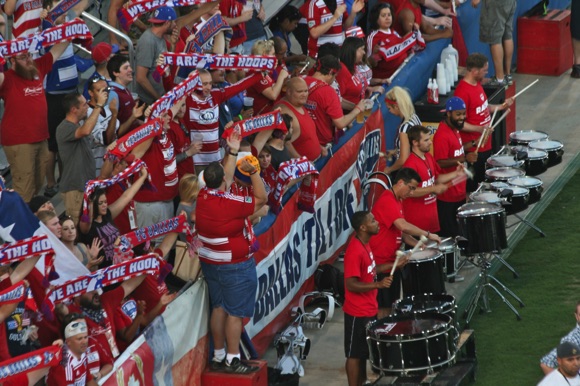


The 2 American teams with the best overall record the previous season in each division join the MLS Cup and U.S. Open Cup winners from the year before to provide 4 qualifiers for the CONCACAF Champions League. A single Canadian berth is granted to the winners of the Canadian Championship, the country’s domestic cup for which the 3 MLS teams north of the border also compete. This continental equivalent of Europe’s Champions League will be expanded in 2024. The Leagues Cup, contested between 47 teams from the U.S., Canada and Mexico, will duly be broadened in scope in 2023 to provide 3 qualifiers for the CONCACAF Champions League.
The winners of the MLS Cup plays Mexico’s Campeón de Campeones in a showcase game in August or September.
There’s a break in the season for the All-Star Game in August, and short pause during a World Cup year. For 2022, this falls towards the very end of the MLS season anyway.
America’s domestic knockout tournament is the U.S. Open Cup, first staged in 1914. Dominated at that time by 2 of the great old names of American soccer, Bethlehem Steel and Fall River Rovers, the formerly named National Challenge Cup has survived the many upheavals the sport has had to endure in the States. The introduction of MLS teams from 1996 saw a sea change in the tournament, although then A-League team Rochester Raging Rhinos still managed to lift the trophy in 1999.




More recently, Sacramento Republic made the final in 2022. The tournament involves 100 teams from each of America’s 4 main professional leagues: MLS, the top 2 tiers of the United Soccer League (USL) Championship, and the National Independent Soccer Association. NISL. Along with League One of USL, this is considered to be the third tier of the non-linear American soccer pyramid. The top division of the USL is the de facto second tier, though also not linked with MLS through promotion and relegation.
Along with Sacramento Republic, the USL features names such as Tampa Bay Rowdies and Detroit City F.C., whose populist, inclusive stance has proved hugely successful. In 2022, Detroit was accepted into the USL from NISA, following an ongoing trend – although clubs with the right financial backing can then buy their way into MLS, as Nashville did in 2020.
Given the thriving scene outside MLS, many clubs are happy with their more grassroots USL or NISA status. For the U.S. Open Cup, smaller teams compete in the first 3 rounds, decided over 1 game each during midweeks in May. MLS teams enter at the 4th-round stage in June, the tournament still organized geographically until July’s quarterfinal. The final is played in September.
Hosting for all rounds is decided by a coin toss or, for later more lucrative rounds, by a sealed bid. Sacramento’s semifinal with Sporting Kansas City attracted a sellout home crowd of 11,500 – and raised hopes of that Republic might at last gain entry to MLS after 5 years of trying.










